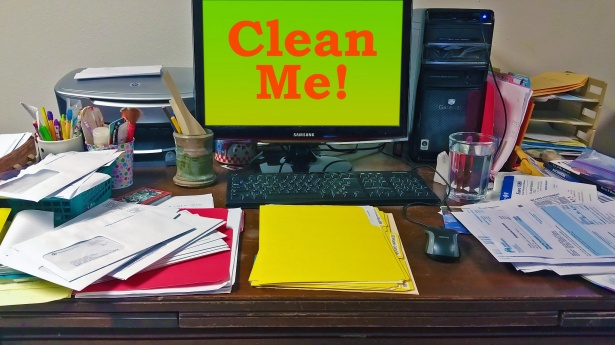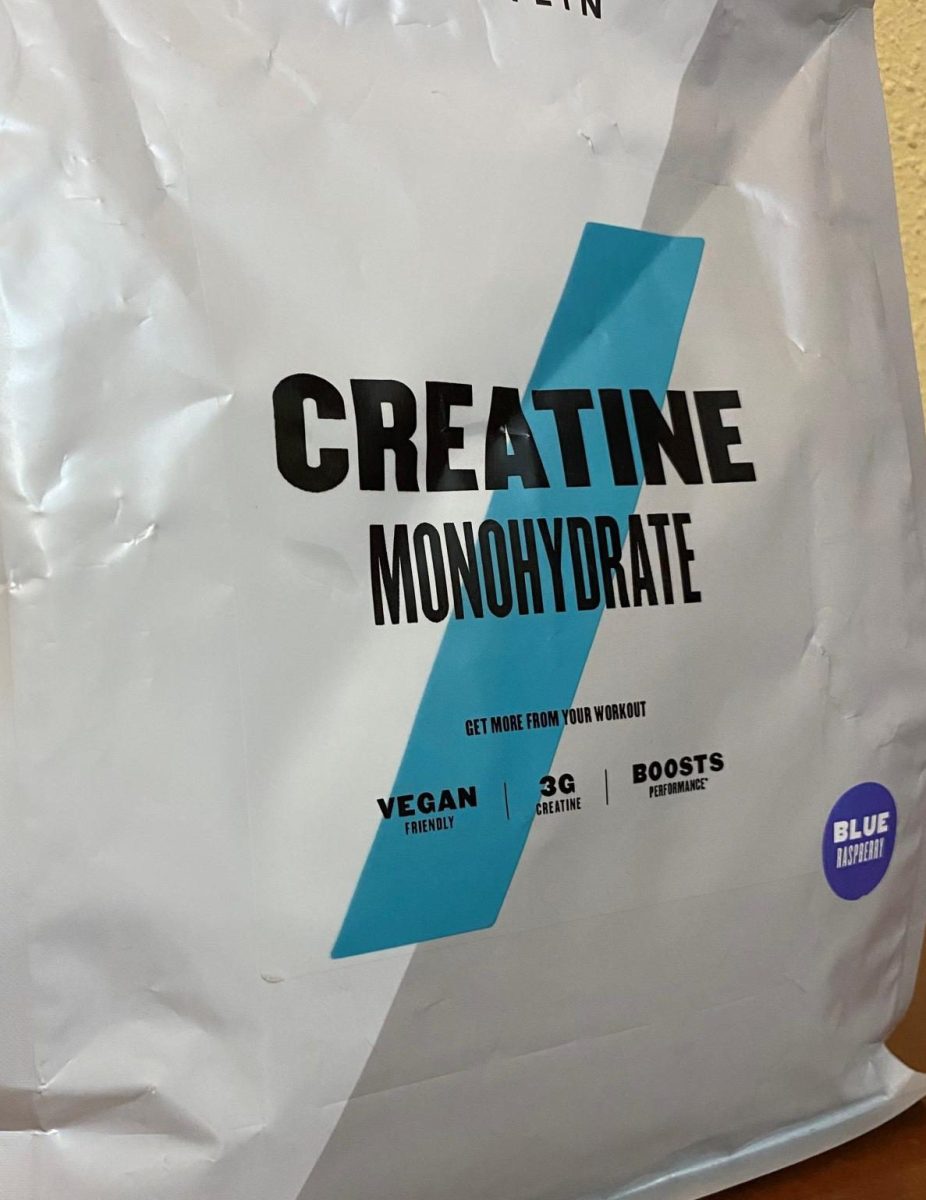Have you ever clicked on something because of its picture, and it turned out to be something different? Thumbnails and advertisements are a source of marketing used by content creators to push their content.
Why is this an important market strategy in media?
The marketing depends on the subject for what they will manipulate. For example, Sports is usually a play on gender stereotypes, meaning more geared towards the male gender. Gender stereotypes are the stereotypes based on biological theory, psychoanalytic theory, social learning theory, and cognitive-developmental theory for gender roles within society.
This causes many clickbait problems between the literal content and the advertisement as in the picture has to be geared towards eye catching things like bright colors, graphic content, and celebrities. Thus, the clickbait then entices the viewers which equals money. Clickbait is “something designed to make readers/viewers click on a hyperlink especially when the link leads to content of dubious value or interest” (Marian- Webster). The more clicks/views a creator gets the more money they make on most platforms.
Most use what is trending to support their content, but is it really helping people find what they are looking for? What are companies doing about this?
There are multiple ways a platform can prohibit these, though most companies do not want to deal with the hassle of going through the thousands of pictures and videos. Many companies make algorithms to push only the content that people view the most to keep them addicted.
Yet, many people do not know that companies use programing updates to create algorithms for finding warnings in writing and in trigger words. The words simply do not find enough, when looking for related content as a picture or video has nothing to do with the subject that’s presented in the beginning of the video or in the thumbnail picture.
There’s a debate within the free speech right of restricting companies platform’s, which uses the free speech to argue that the thumbnails are a art form used to display individuality. This is harmful as many do not use the the advertising and thumbnails as a free speech interpretation, rather as a form of money making.
Under the Federal Trade Commision “claims in advertisements must be truthful, cannot be deceptive or unfair, and must be evidence-based. For some specialized products or services, additional rules may apply”, under law of the U.S. government. Thus, the thumbnails and videos would fall under the deception codes of the Federal Trade Commission as the content is by entrepreneur. Multiple creator get around this by platform guidelines that very and allow for loop holes.
Should platforms change this, and if so, how?










































